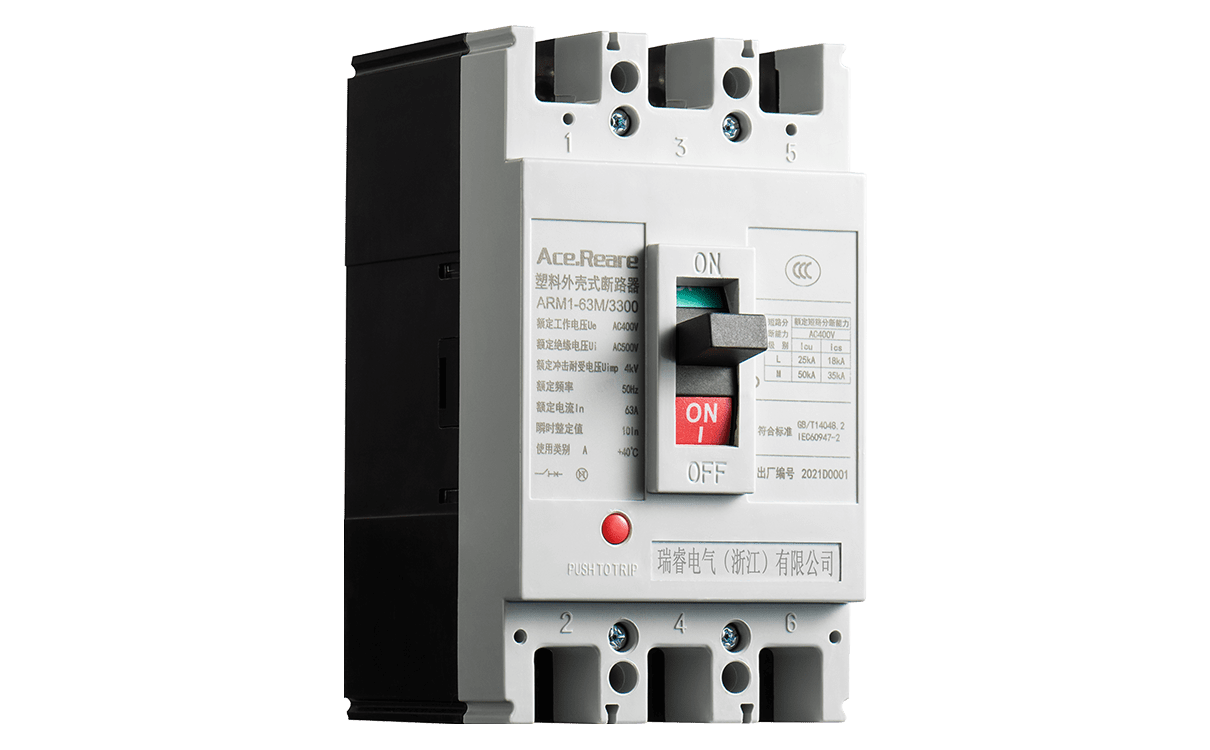
Date | 2022-10-20 14:09:29
In the plastic case circuit breakers are used more and more widely today, we usually have no concern? Some customers say it didn't take much time to break down after buying this, and there are all sorts of problems that are really troublesome. In fact, there are only two reasons for this situation. The first reason may be that the quality of the product you buy is not good enough, in order to save money to buy a poor quality product. The second reason is that you do not know the environment and maintenance methods of the plastic case circuit breaker, and the life of the equipment is significantly shortened.
As you may know, plastic-case circuit breakers require the surrounding temperature and humidity. The temperature of the surrounding air must not fall below 40. It must be within this range. The minimum temperature must not be below -5 and the average temperature should be below 35. This temperature value is really important. Otherwise it will affect the use of the moulded case circuit breaker. For atmospheric requirements, the relative humidity must not exceed 50% at 40. At lower temperatures, the humidity may be increased relatively, but the monthly average humidity must not exceed 90%.

Ninety percent of the contacts of a moulded case circuit breaker are manually operated. Of course, those who find manuals troublesome can try electric turn-on. It also has this function. After the main contacts have closed, a freely disengageable mechanism locks the main contacts in place. After the disconnector coil, the disconnector element and the main circuit have been connected in series, the machine begins to operate. Users will only know how to operate and maintain the machine if they fully understand its construction.
During normal use of the housing circuit breaker, it is noted that in the event of a short circuit or overload in the circuit, the over-power release device causes the armature to adsorb and the free release mechanism to operate, cutting off the main circuit. When a circuit is overloaded, the thermal element may bend and the main circuit may be cut off. If the circuit lacks voltage, the undervoltage release will release.
The current procedure for using the case circuit breaker is very simple and if a quality assured product is purchased, subsequent operation is not a concern. Where it can actually be used, the operator is familiar with the machine. Even if problems arise during use, there is nothing to worry about. It can be repaired according to the instructions, or if you can't get it right, you can simply commission an expert to fix it. In any case, isn't it better to have a machine that doesn't put the user at risk?